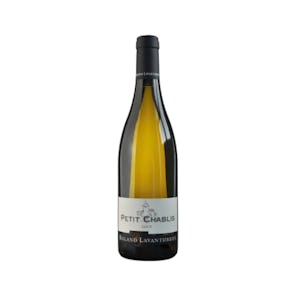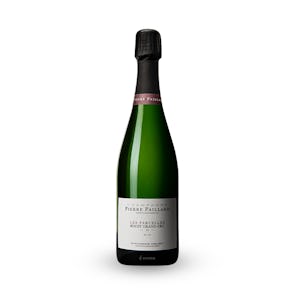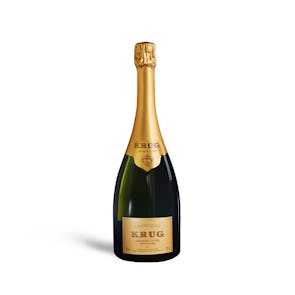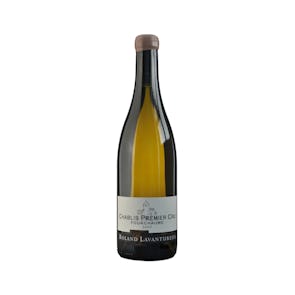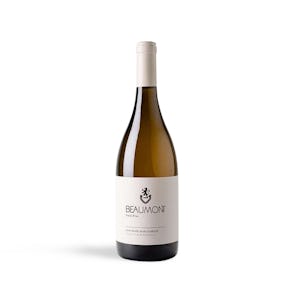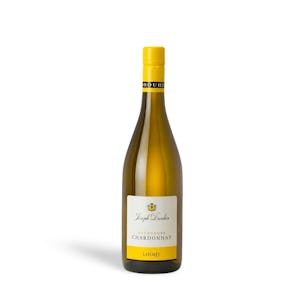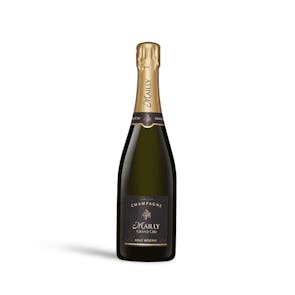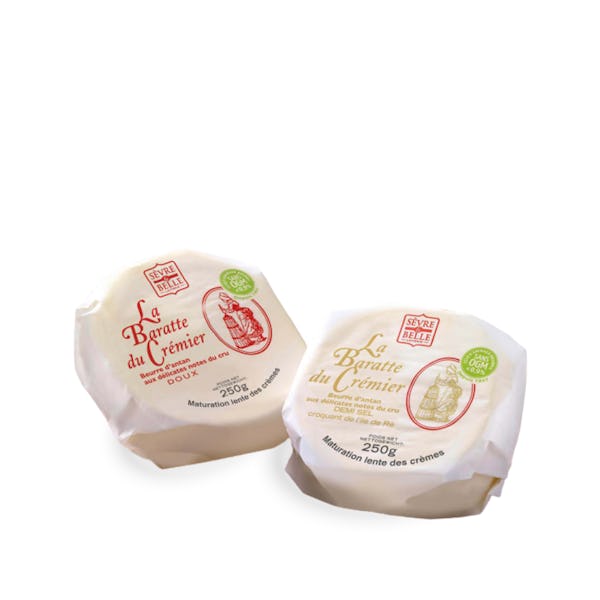
TASTING NOTES FROM THE CURATOR
In both Doux (Unsalted) and Demi-Sel (Salted) forms, Sèvre & Belle produces their raw butter using traditional methods to preserve the nutty characteristics that the region is well known for. The cream they use is matured for 18 hours using natural enzymes before it is transferred in small batches to be slow-churned and then molded by hand. This ensures the fat cells do not break down, resulting in a light yellow butter that is highly pliable and utterly smooth on the tongue.
The Demi-Sel version contains 3.5 percent salt crystals from the Île de Ré near La Rochelle—considered the white gold of all sea salt. The saltiness is not overwhelming, but uplifting, drawing out the savory notes of any dish it accompanies.
PREPARATION OR PAIRINGS
Whether Doux or Demi-Sel, Sèvre & Belle raw butter is spreadable straight out of the fridge, perfect for warm, toasty bread accompanied by jam and a cup of good coffee or tea. We like to enjoy ours with Shangri-La Makati’s fresh-baked breads, especially their rye loaves and baguettes. For the kitchen-savvy, the Doux version is a marvel in baking, imparting a faint, rustic tang to breads and pie crusts alike. The Demi-Sel version, while delicious for topping anything from a sourdough slice to a fresh-sizzling steak, is especially remarkable atop fresh-grilled seafood.
A COOPERATIVE OF EXCELLENCE
Sèvre & Belle Laiterie was founded in 1893 as part of La Coopérative Laitière de la Sèvre, which is also the mother company of Atelier de la Sèvre and Echiré of patisserie-grade butter fame.
The cooperative is based in a cozy part of Celles-sur Belle—nicknamed “La Vée”—in Nouvelle-Aquitaine, France. This region was known for its wines until a blight in the 1880s devastated the vineyards. The area then reinvented itself as a dairy haven and has been known as such ever since. La Coopérative Laitière de la Sèvre as a whole is respectful of traditional expertise, which translates to the utmost care in their production processes and the high quality of all their products.
Storage Instructions
Butter can remain in fridge for at most 1 month. Shelf life can be prolonged via freezing.


